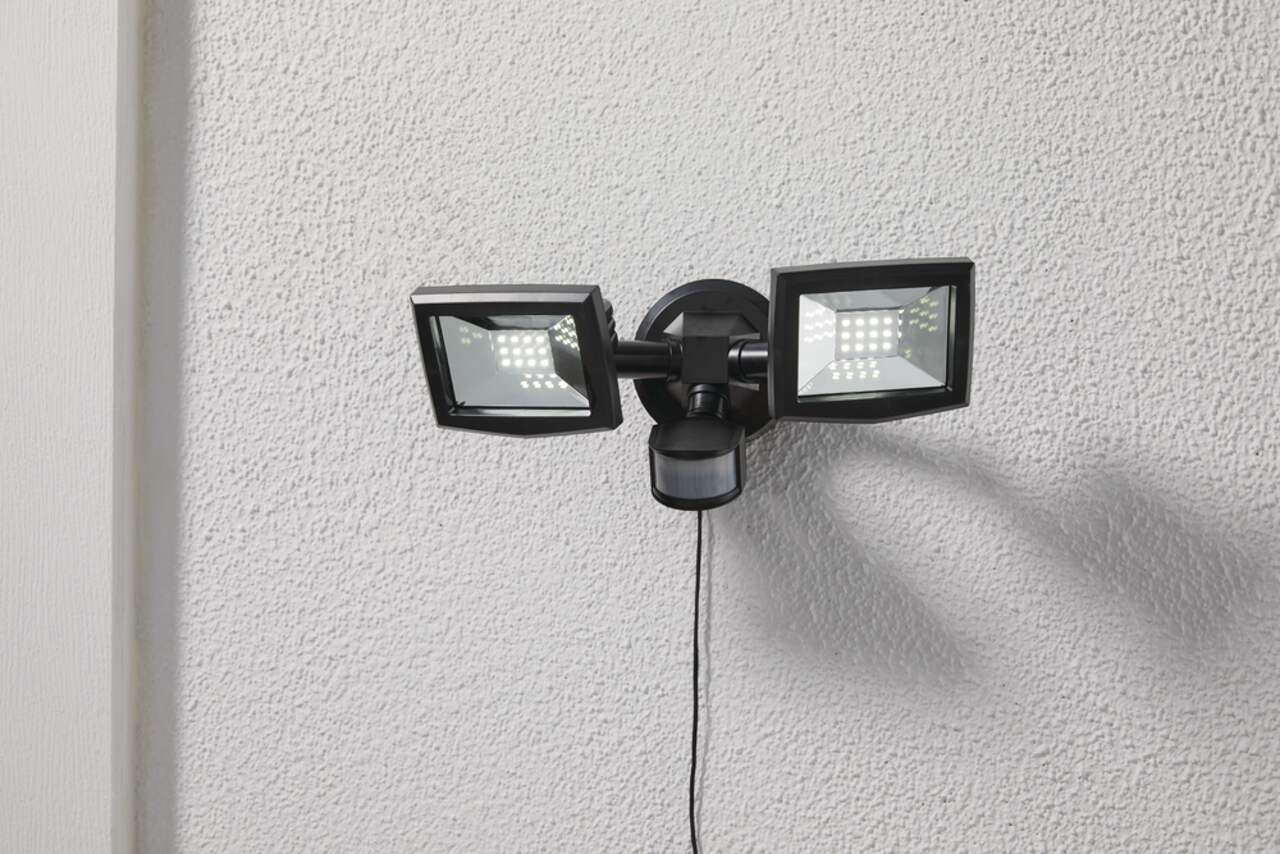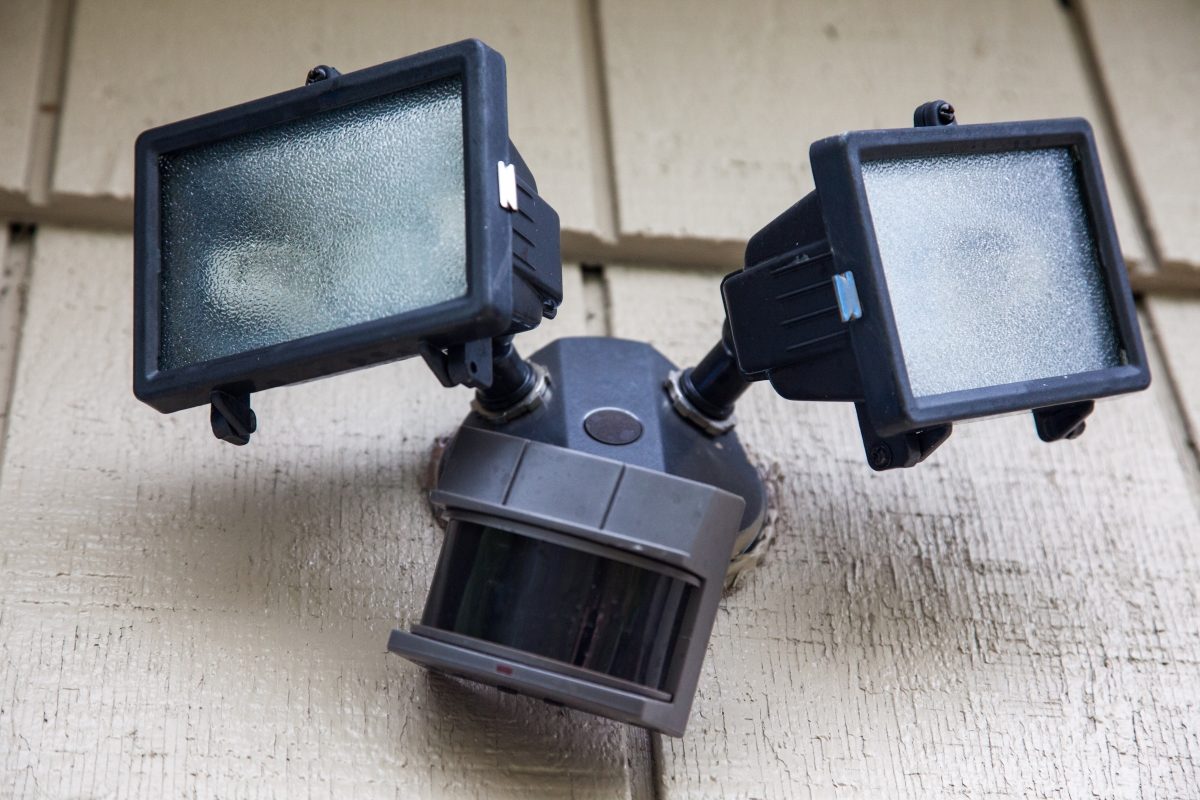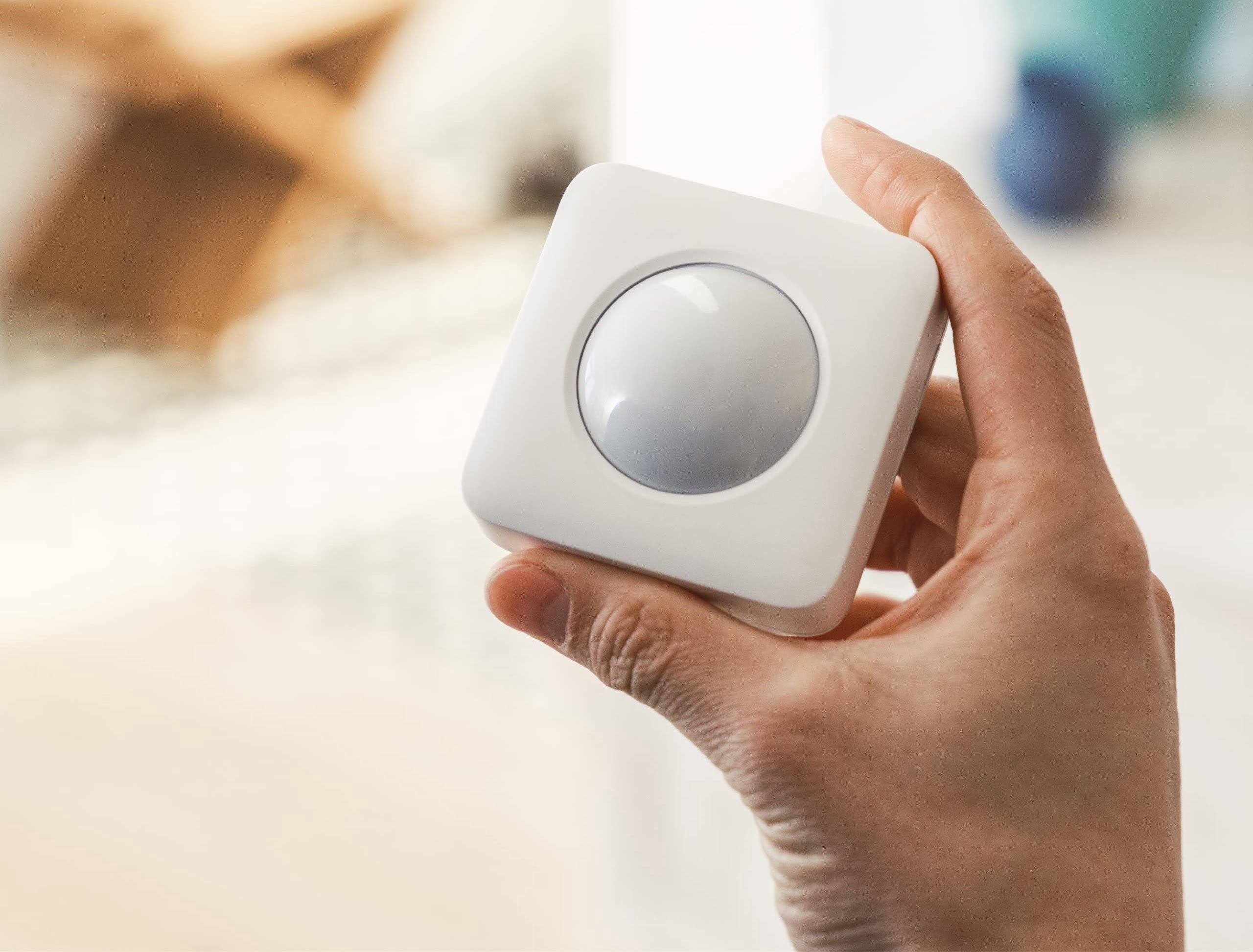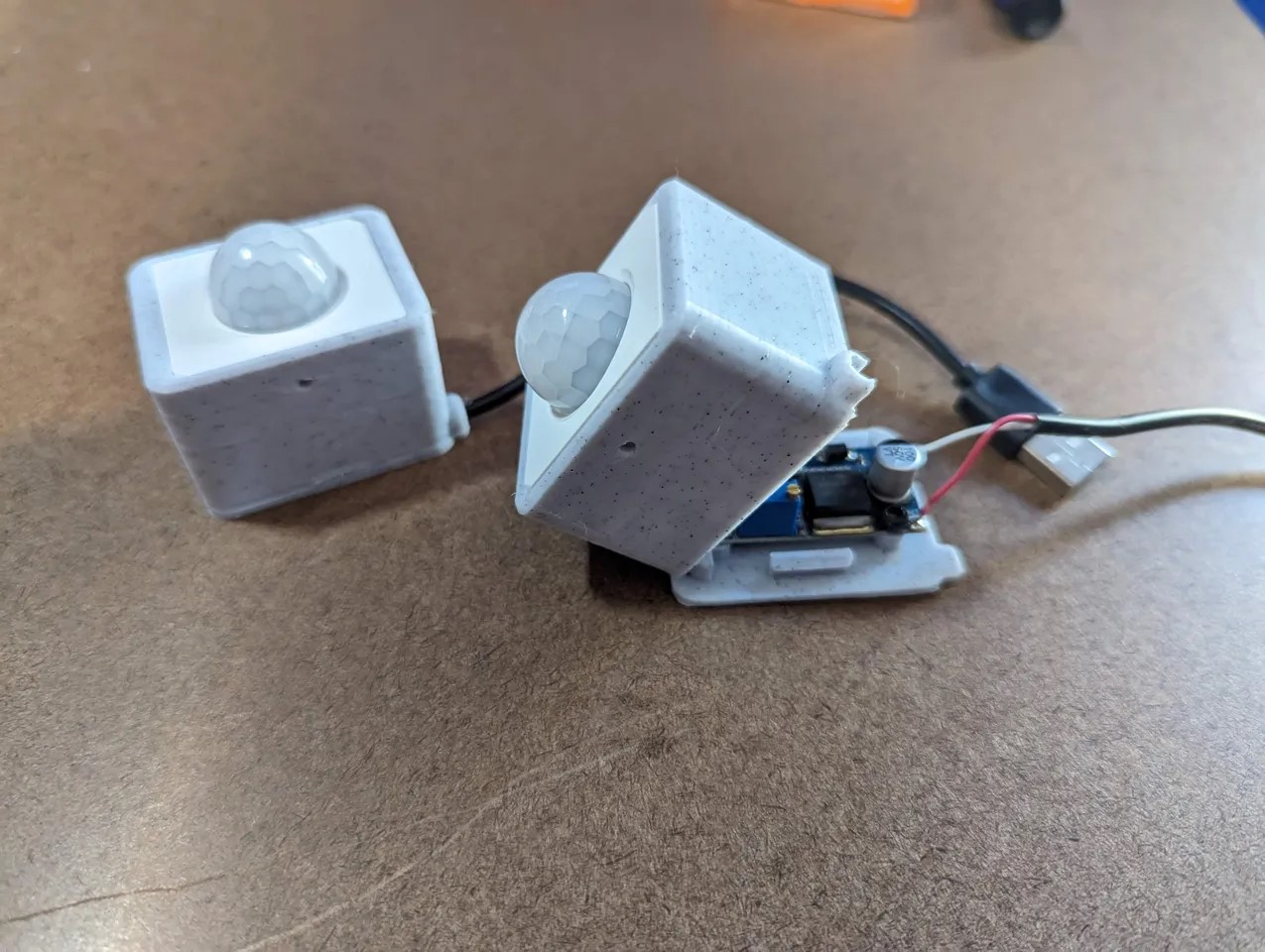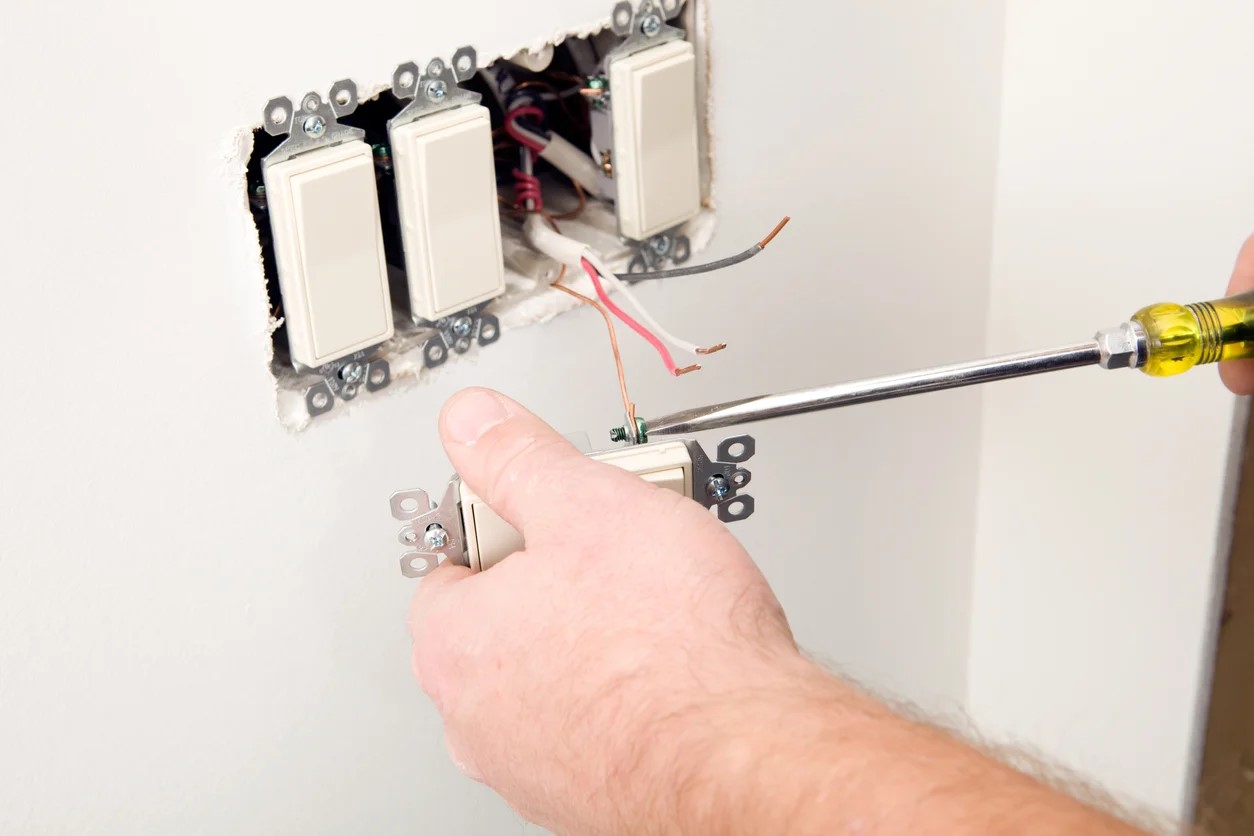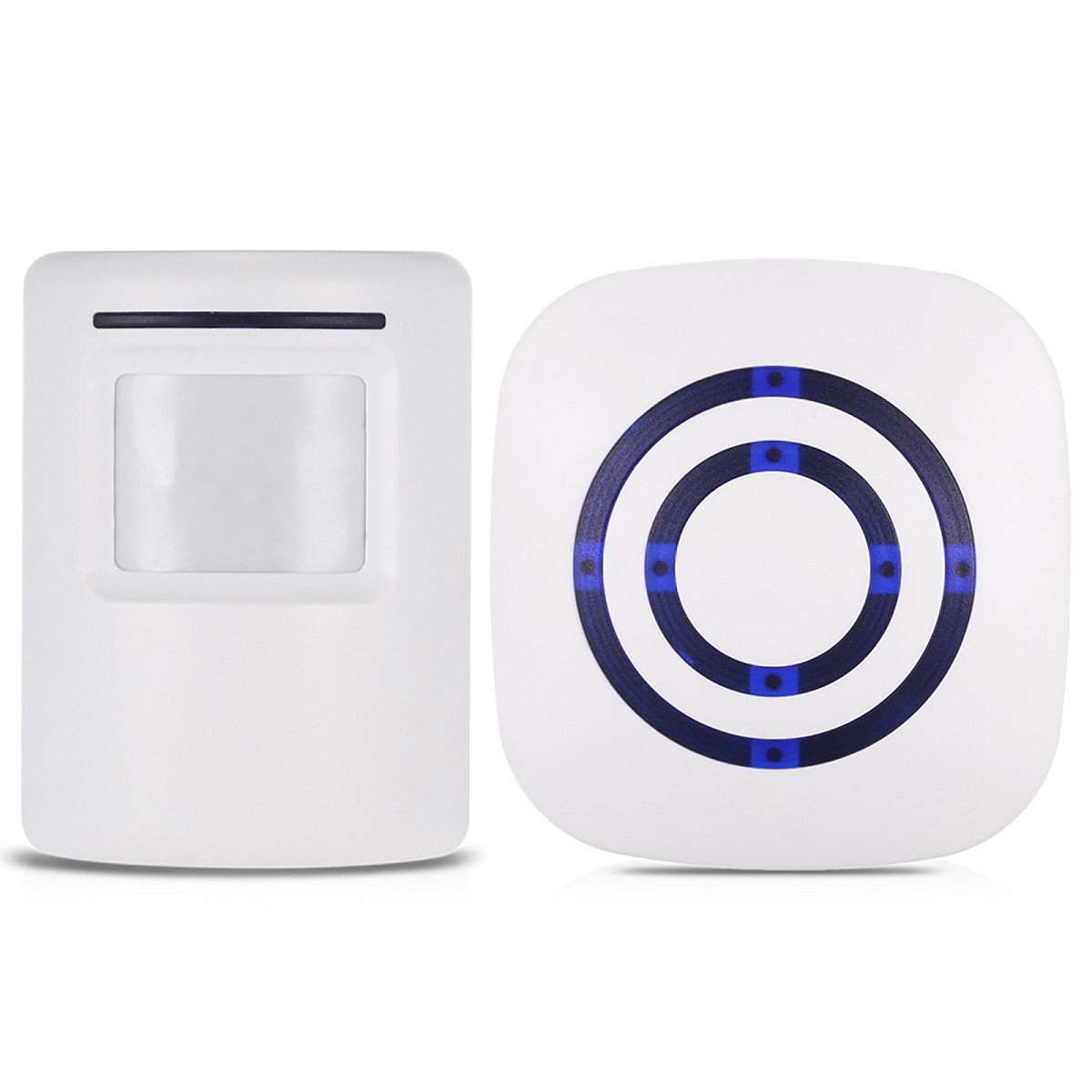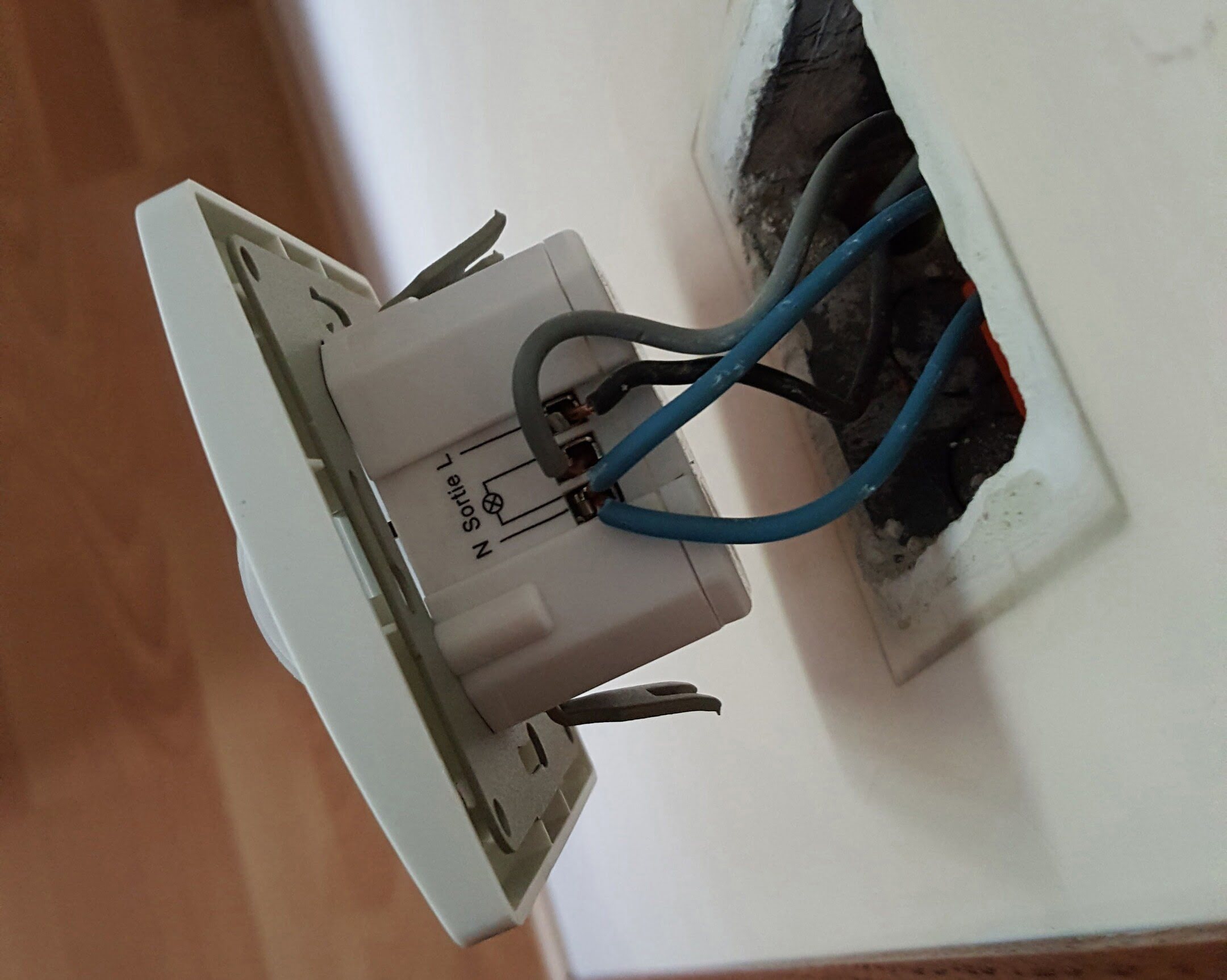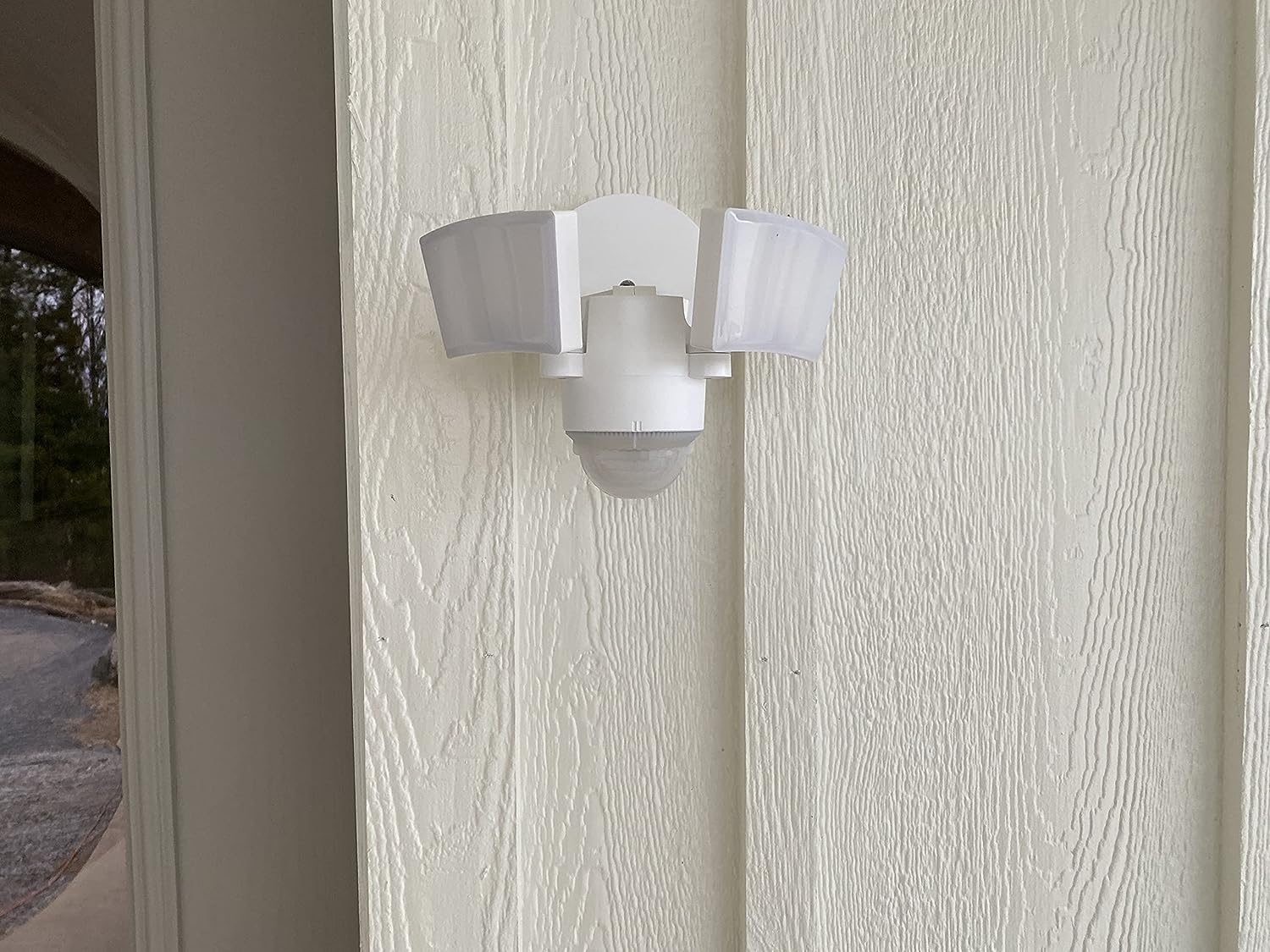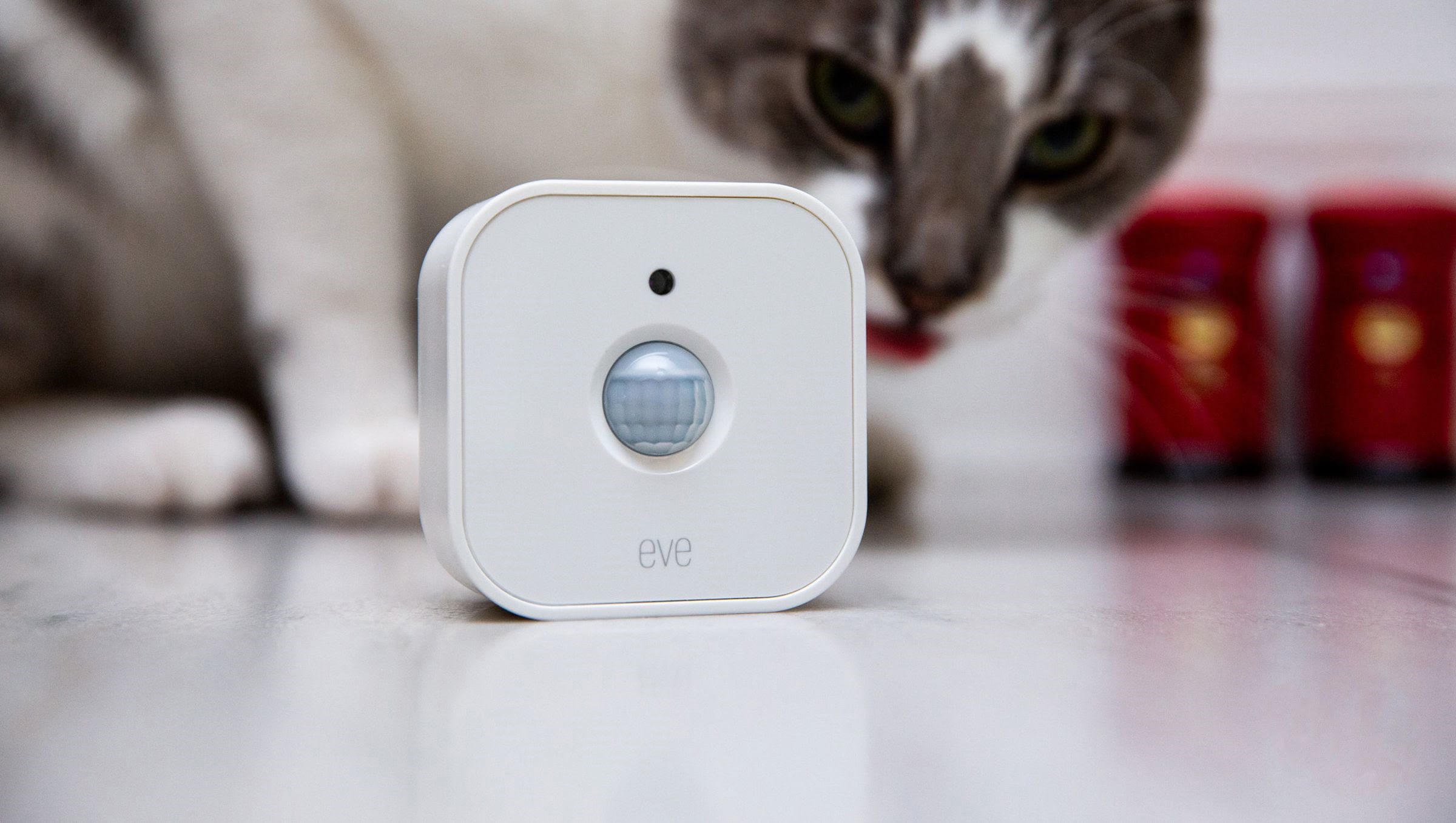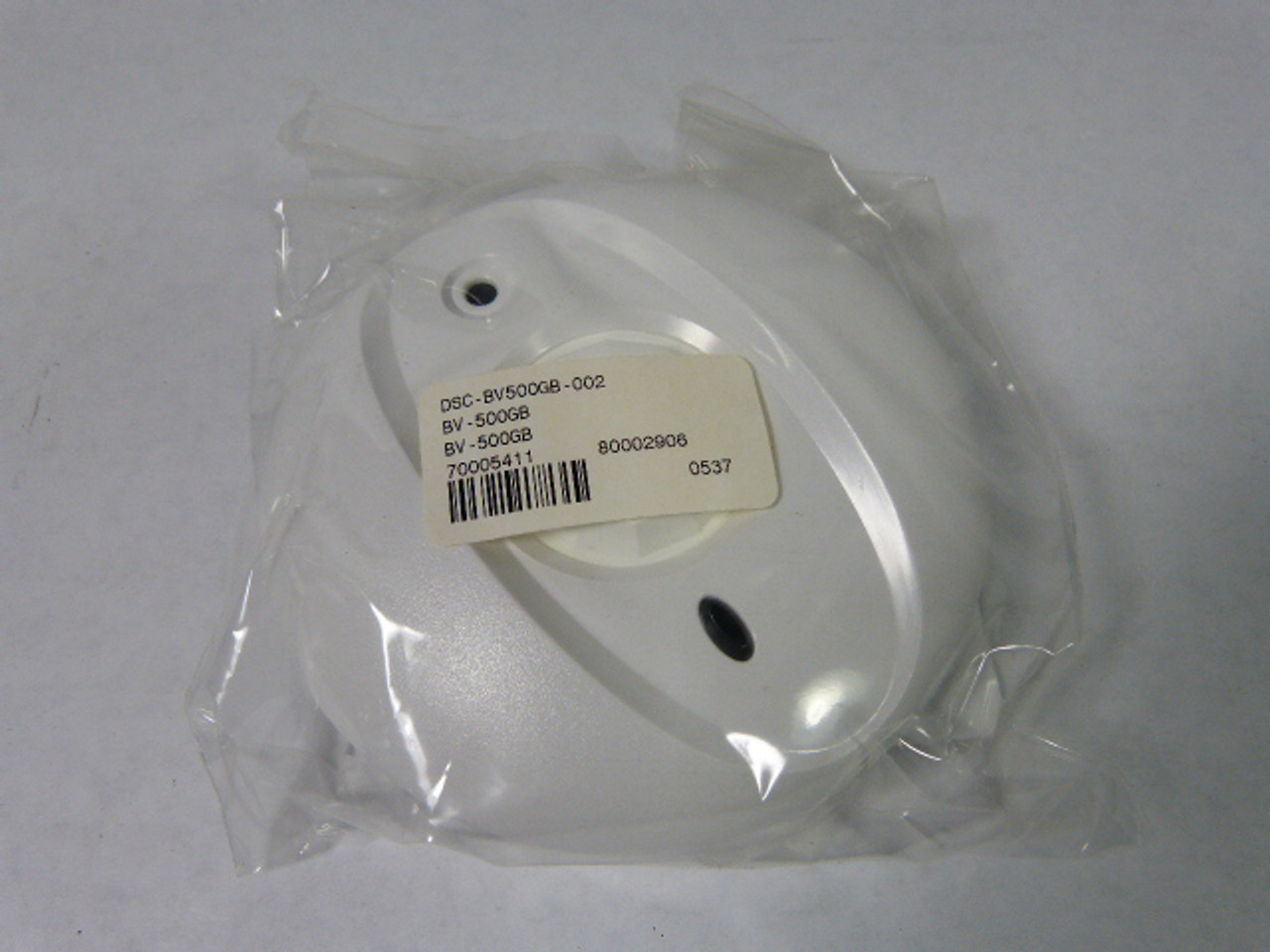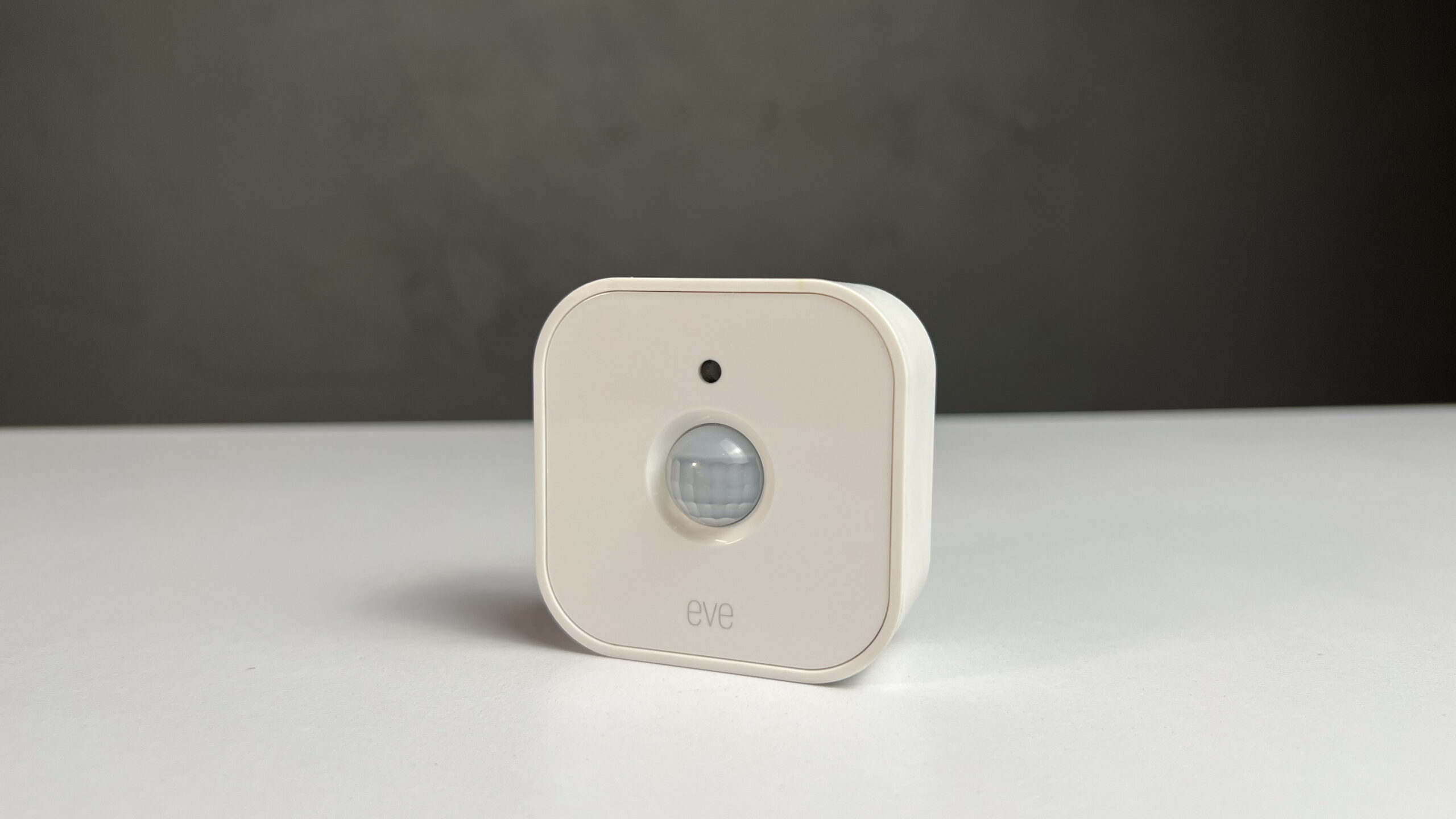Home>Home Security and Surveillance>How Much Is A Motion Detector Sensor
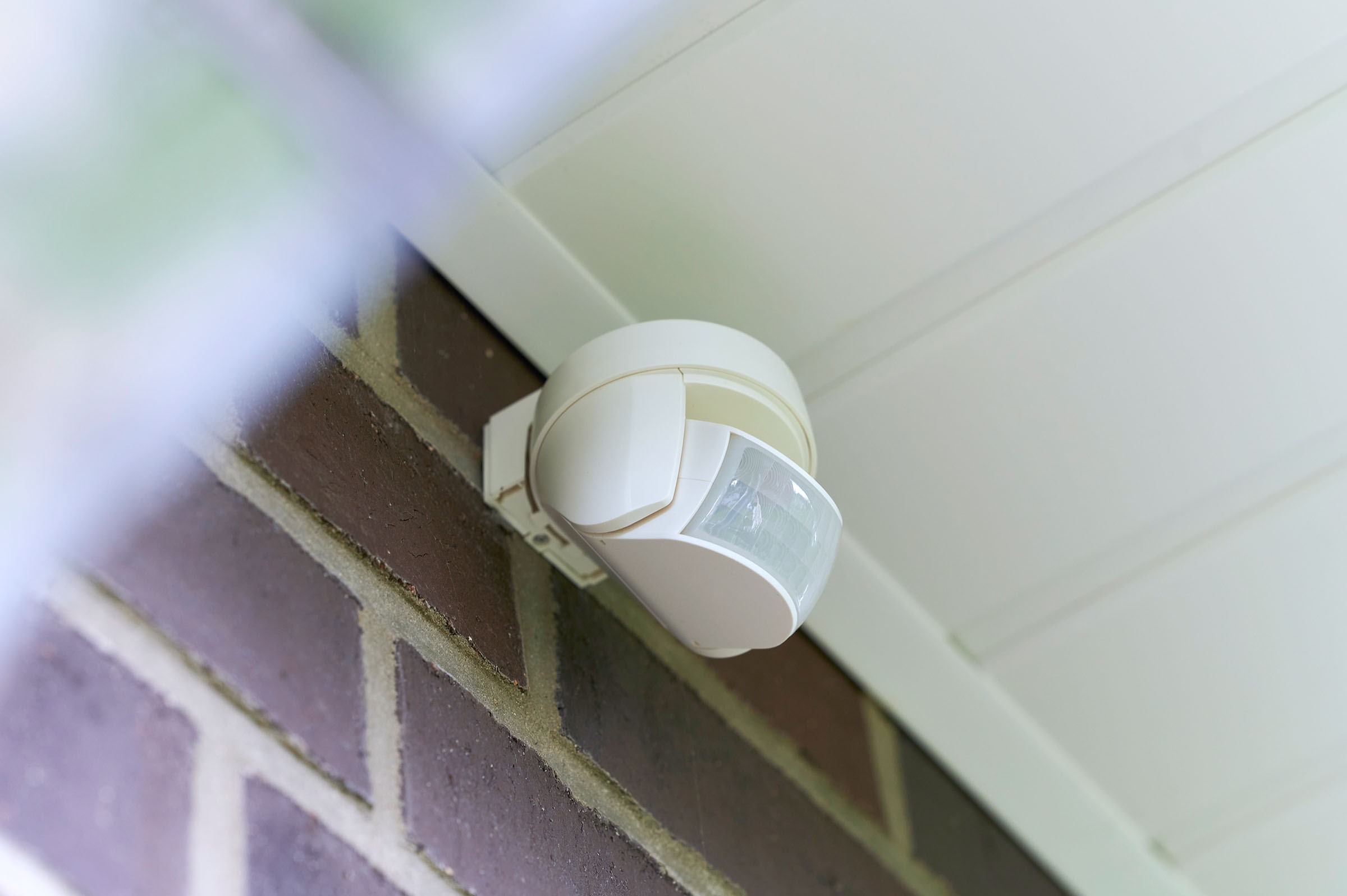

Home Security and Surveillance
How Much Is A Motion Detector Sensor
Modified: March 6, 2024
Looking to enhance your home security and surveillance? Find out how much a motion detector sensor costs and keep your property safe and protected.
(Many of the links in this article redirect to a specific reviewed product. Your purchase of these products through affiliate links helps to generate commission for Storables.com, at no extra cost. Learn more)
Introduction
Welcome to our comprehensive guide on motion detector sensors and how much they cost. When it comes to home security and surveillance, motion detector sensors play a crucial role in detecting any unauthorized activity or movement within the designated area. Whether you want to protect your home, office, or any other property, having a reliable and efficient motion detector sensor is essential.
In this article, we will explore the various types of motion detector sensors available in the market and delve into how they work. Additionally, we will discuss the factors that can impact the cost of these sensors and provide you with an idea of the average prices you can expect to pay. We will also provide some key considerations to keep in mind before purchasing a motion detector sensor for your specific needs.
So, if you’re considering enhancing your home security system with a motion detector sensor, or simply curious to learn more about these devices, read on to discover everything you need to know.
Key Takeaways:
- Motion detector sensors are essential for home security, detecting movement and alerting homeowners. They come in various types, each with unique features and working mechanisms, so it’s important to choose the right one for your specific needs and budget.
- When considering a motion detector sensor, factors such as technology, range, quality, compatibility, and additional features should be taken into account. It’s crucial to strike a balance between effectiveness, reliability, and affordability to ensure the safety and security of your home.
What is a Motion Detector Sensor?
A motion detector sensor, also known as a motion sensor or motion detector, is an electronic device used to detect movement within a specified area. It is a vital component of home security and surveillance systems, often used in conjunction with alarms, cameras, or lighting systems.
These sensors work by detecting changes in the environment, such as variations in heat, light, or sound. When triggered by movement, they send a signal to the connected security system, alerting homeowners or authorities about potential intruders or suspicious activity.
Motion detector sensors are typically designed to cover certain areas, such as doorways, halls, or rooms. They are available in various forms, including standalone units, integrated into alarm systems, or embedded within cameras.
The primary function of a motion detector sensor is to provide an additional layer of security by promptly detecting any unauthorized movement. Whether it’s a potential break-in, an intruder, or even a wandering pet, these sensors prove invaluable in alerting homeowners and preventing potential threats.
In addition to home security, motion detector sensors have various other applications. For example, they are commonly used in commercial settings to control lighting systems. By detecting motion, the sensors can automatically turn lights on or off, helping conserve energy and promote convenience.
Now that you have a better understanding of what a motion detector sensor is, let’s explore the different types available in the market and how they work.
Types of Motion Detector Sensors
Motion detector sensors come in various types, each with its own unique method of detecting movement. Let’s take a closer look at some of the most common types:
- Passive Infrared (PIR) Sensors: PIR sensors are the most widely used type of motion detector sensors. They work by detecting changes in infrared radiation, which is emitted by objects with heat. When a person or object moves within the sensor’s range, it detects the change in heat patterns and triggers an alarm or activates a connected device. PIR sensors are commonly found in residential homes and commercial settings due to their reliability and cost-effectiveness.
- Microwave Sensors: Microwave sensors emit microwave pulses and measure the reflection of these pulses when they hit objects within their detection range. When there is a change in the reflected signal, indicating movement, the sensor triggers an alarm. Microwave sensors are known for their ability to penetrate walls and other obstacles, making them suitable for outdoor use.
- Ultrasonic Sensors: Ultrasonic sensors emit high-frequency sound waves and measure the reflection of these waves when they bounce off objects. When there is a change in the reflected signal, indicating movement, the sensor activates. Ultrasonic sensors are commonly used in areas where PIR sensors may not be suitable, such as environments with high air movement or areas with many obstacles.
- Dual Technology Sensors: Dual technology sensors combine two different technologies, such as PIR and microwave or PIR and ultrasonic, to improve accuracy and reduce false alarms. These sensors require both technologies to detect movement before triggering an alarm or activating a connected device. Dual technology sensors provide a higher level of reliability and are often used in commercial settings.
- Video Motion Sensors: Video motion sensors utilize camera technology to detect movement. They analyze the video feed and detect changes in pixels or movement patterns. These sensors can be integrated into existing security camera systems or used as standalone devices. Video motion sensors are often used in combination with other types of motion detectors to enhance accuracy and provide visual confirmation of detected movement.
Each type of motion detector sensor has its own advantages and limitations. Consider the specific requirements of your security system and the environment in which the sensors will be installed when choosing the most suitable type for your needs.
Now that we have explored the different types of motion detector sensors, let’s delve into how these sensors actually work.
How do Motion Detector Sensors Work?
Motion detector sensors work by detecting changes in the environment, such as movement or variations in heat, light, or sound. Understanding their operating principles can shed light on their effectiveness and how they contribute to your home security system.
Let’s take a look at the working mechanisms of some common types of motion detector sensors:
- Passive Infrared (PIR) Sensors: PIR sensors detect changes in infrared radiation. They consist of several sensors that receive infrared radiation from different areas within their coverage range. When an object, such as a person, moves into the coverage area, it emits a different level of infrared radiation, causing the sensor to trigger an alarm or activate a connected device.
- Microwave Sensors: Microwave sensors emit continuous microwave signals and measure the reflection of these signals. They create a microwave field in the targeted area and monitor the changes in the reflected signals. When an object moves within the field, it causes an alteration in the reflected signals, triggering the sensor to activate.
- Ultrasonic Sensors: Ultrasonic sensors emit high-frequency sound waves and measure the reflection of these waves. They work by transmitting a sound wave and waiting for the echo to return. When movement occurs within the detection area, the sound waves bounce off the objects and reflect back sooner or later than expected. The sensor detects this change in the echo time and triggers an alarm or activates a connected device.
- Dual Technology Sensors: Dual technology sensors combine multiple sensing technologies, such as PIR and microwave or PIR and ultrasonic, to minimize false alarms and improve accuracy. Both technologies need to detect movement simultaneously to trigger the sensor. This combination enhances the reliability and reduces the chances of false alarms caused by environmental factors or disturbances.
- Video Motion Sensors: Video motion sensors rely on cameras to capture video footage of an area. They analyze the video frames in real-time and compare them to a baseline image or predefined patterns. Any detected changes in the pixel values, movement patterns, or object displacement in the video feed trigger the sensor to activate an alarm or initiate specific actions.
Once a motion detector sensor has detected movement or a change in the monitored environment, it sends a signal to the connected security system or device, such as an alarm, camera, or lighting system. This signal triggers an appropriate response, such as sounding an alarm, sending a notification to your smartphone, or turning on lights to deter intruders.
It is worth noting that while motion detector sensors are effective in detecting movement, they have limitations. Factors such as sensitivity settings, range, environmental conditions, and even the presence of pets can impact the sensor’s performance and accuracy. Therefore, it’s important to consider these factors when selecting and adjusting motion detector sensors for your specific security needs.
Now that you understand how motion detector sensors work, let’s explore the factors that can affect their cost.
When purchasing a motion detector sensor, consider factors such as the range of detection, the type of technology used (infrared, microwave, etc.), and whether it is wired or wireless. Researching different brands and reading customer reviews can also help you find the best value for your needs.
Factors Affecting the Cost of Motion Detector Sensors
The cost of motion detector sensors can vary depending on various factors. Understanding these factors can help you make an informed decision when purchasing a sensor for your home security needs. Here are the key factors that can impact the cost:
- Technology and Features: The type of technology used in the motion detector sensor, as well as its features, can influence the cost. Sensors with advanced technologies, such as dual technology sensors or video motion sensors, are likely to be more expensive than basic PIR sensors.
- Range and Coverage Area: Motion detector sensors come with different ranges and coverage areas. Sensors with larger coverage areas or longer detection ranges are generally more expensive due to the increased capabilities they offer.
- Quality and Durability: Higher-quality motion detector sensors that are built to withstand harsh environmental conditions or have a longer lifespan may come at a higher cost. Investing in a durable and reliable sensor can provide peace of mind in terms of long-term performance.
- Integration and Compatibility: Motion detector sensors that are compatible with existing security systems or can be integrated with other devices, such as smart home systems, may have a higher price tag. The ability to connect and control the sensors remotely can add convenience and enhance the overall security setup.
- Brand Reputation: Well-known and reputable brands that have established themselves in the home security industry may have higher-priced sensors compared to lesser-known brands. Brand reputation often comes with a track record of quality and customer satisfaction.
- Installation Requirements: Some motion detector sensors require professional installation, which can add to the overall cost. Wireless sensors that can be easily installed by homeowners without the need for professional assistance may be a more cost-effective option.
- Additional Features: Some motion detector sensors come with additional features, such as pet-immunity, adjustable sensitivity, or tamper-proof designs. These added features can contribute to a higher price point.
Keep in mind that while cost is an important consideration, it shouldn’t be the sole factor in your decision-making process. It’s crucial to assess the specific requirements of your home security setup and choose a motion detector sensor that meets your needs in terms of effectiveness, reliability, and compatibility, in addition to considering the cost.
Now that you have an idea of the factors that can impact the cost of motion detector sensors, let’s delve into the average prices you can expect to pay.
Average Cost of Motion Detector Sensors
The cost of motion detector sensors can vary depending on the type, brand, and features of the sensor. On average, you can expect to pay anywhere from $10 to $200 or more for a motion detector sensor. The price range depends on the factors we discussed earlier, such as technology, range, quality, and additional features.
Basic motion detector sensors, such as standalone PIR sensors, are generally more affordable, starting at around $10 to $30. These sensors are suitable for simple home security setups and offer reliable motion detection within a specific area.
If you are looking for more advanced features or technologies, such as dual technology or video motion sensors, the prices can range from $50 to $200 or more. These sensors provide enhanced accuracy, reduced false alarms, and sometimes additional functionalities like remote monitoring or integration with smart home systems.
Keep in mind that the cost of motion detector sensors can vary among different brands and suppliers. Higher-end brands or those with advanced technologies may come with a premium price tag, while lesser-known brands or budget options may offer more affordable options without compromising performance.
In addition to the sensor itself, you should also consider the cost of any additional equipment that may be required, such as security systems, cameras, or lighting systems. These integrated setups can offer a comprehensive security solution but may come with higher upfront costs.
It’s important to conduct thorough research, compare prices from different sources, and consider the specific needs of your home security system before making a purchase. Evaluate the features and capabilities of each sensor relative to its price to ensure you are getting the best value for your investment.
Now that we have discussed the average cost of motion detector sensors, let’s explore some important factors to consider before buying a sensor.
Factors to Consider Before Buying a Motion Detector Sensor
Before purchasing a motion detector sensor for your home security system, it’s essential to consider several factors to ensure you choose the right sensor that meets your specific needs. Here are some important factors to keep in mind:
- Range and Coverage Area: Evaluate the area you want to monitor and determine the appropriate range and coverage area for the sensor. Consider the size of the space and the specific areas you want the sensor to cover, such as entry points or hallways.
- Technology and Detection Method: Understand the different types of motion detector sensors and their detection methods. Consider the pros and cons of each type and choose one that best suits your requirements, taking into account factors like false alarms, sensitivity, and the environment in which the sensor will be installed.
- Integration and Compatibility: If you have an existing security system or plan to integrate the motion detector sensor with other devices, ensure that the sensor is compatible with the system or devices you intend to use. Check for compatibility with wireless protocols or smart home systems if you want to control and monitor the sensor remotely.
- Pet-Immunity: If you have pets in your home, consider a motion detector sensor with pet-immunity feature. This feature allows the sensor to ignore the movement of smaller animals, preventing false alarms caused by pet activity.
- Power Source: Determine the power source options that best suit your needs. Motion detector sensors can be battery-powered or hardwired. Battery-powered sensors offer flexibility in terms of placement but require regular battery replacements. Hardwired sensors provide a constant power supply but require professional installation.
- Adjustability and Customization: Look for sensors that offer adjustable settings, such as sensitivity levels or range adjustments. This customization allows you to fine-tune the sensor to your specific requirements and helps reduce false alarms triggered by environmental factors or disturbances.
- Reviews and Reputation: Research the brand and read customer reviews to ensure the motion detector sensor has a good reputation for reliability and performance. Look for feedback regarding false alarms, durability, and overall customer satisfaction.
- Budget: Determine your budget for the motion detector sensor and consider the cost in relation to the features and capabilities offered. Strike a balance between affordability and quality to ensure you get a sensor that meets your security needs without overspending.
By considering these factors, you can make a more informed decision when selecting the right motion detector sensor for your home security system.
Now that we have discussed the factors to consider before purchasing a motion detector sensor, let’s conclude our comprehensive guide.
Conclusion
Motion detector sensors are essential components of a comprehensive home security system. These sensors play a crucial role in detecting movement and alerting homeowners to potential threats. By understanding the different types of motion detector sensors, their working mechanisms, and the factors that affect their cost, you can make an informed decision when selecting the right sensor for your needs.
Passive Infrared (PIR) sensors, microwave sensors, ultrasonic sensors, dual technology sensors, and video motion sensors are some common types of motion detector sensors. Each type has its own unique way of detecting movement and comes with its own set of advantages and limitations.
When considering a motion detector sensor, factors such as technology, range, quality, compatibility, and additional features should be taken into account. While cost is an important consideration, it should not be the sole determining factor. Instead, focus on finding a sensor that offers the right blend of effectiveness, reliability, and affordability.
By carefully assessing your specific security needs, considering the coverage area and range, evaluating the technology and features required, checking the compatibility with existing systems, and reading reviews, you can select a motion detector sensor that provides the desired level of protection for your home.
Remember, the safety and security of your home and loved ones are of utmost importance. Investing in a reliable motion detector sensor can bring you peace of mind, knowing that you have an extra layer of protection to detect and deter potential intruders.
We hope this comprehensive guide has provided you with valuable insights into motion detector sensors and their role in home security. Armed with this knowledge, you can make an educated decision and enhance the security and surveillance of your home or property.
Frequently Asked Questions about How Much Is A Motion Detector Sensor
Was this page helpful?
At Storables.com, we guarantee accurate and reliable information. Our content, validated by Expert Board Contributors, is crafted following stringent Editorial Policies. We're committed to providing you with well-researched, expert-backed insights for all your informational needs.
